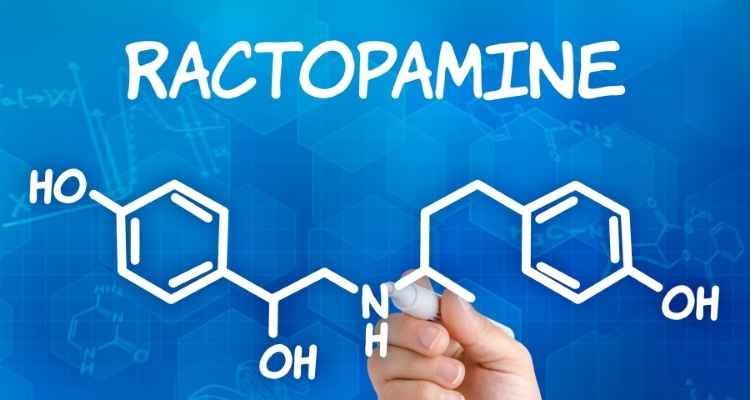The meat industry saw a significant rise in ractopamine, a growth facilitating agent for pig meat and other meat, in the early 2000s. It gained popularity in most countries but was later banned in China, the EU and some parts of the US. Some scientists claim it is safe for both animals and humans, while others are unsure about that.
The Food and Drug Administration (FDA) in the US has a set level of ractopamine that is considered safe when found in an animal’s kidney and liver. This can be determined through ractopamine analysis to ascertain the meat’s safety for human consumption.
What is Ractopamine?
Ractopamine falls under a class of drugs referred to as beta adrenergic receptor agonists. This drug works similar to adrenaline which results in increased protein production in muscle tissues. It is typically mixed into the animal’s feed to help them in feed efficiency, which means the livestock grows faster while consuming little food and reducing fat deposition.
It is usually done a few weeks before the slaughter of the animals, and their meat will appear leaner with less fat, making farmers produce more meat.
How safe is Ractopamine?
Before any medication or feed supplement that is given to animals is determined safe, the FDA recommends several tests on humans and animals to see how they react to the drug. Several studies have been done over the years and found that ractopamine is safe and effective when administered at 4.5-9 grams per ton of feed in the last three to four weeks to slaughter.
When this drug is strictly used according to FDA’s guidelines, ractopamine analysis in tissues of slaughtered animals falls below the set limits of 50 ppb in the liver and 15 ppb in meat. The acceptable concentration, together with the amount of meat consumed in a day, is useful in calculating the acceptable daily intake (ADI). ADI is the total drug amount a person can take in a single day (24 hours) without side effects and health risks.
The bottom line here is that if ractopamine is used in line with the set guidelines, then it has positive effects on the animal and doesn’t accumulate in muscles and the liver. It is actively broken down into inactive molecules then excreted through feces and urine. Ractopamine is a safe compound, and producers can use it safely in meat production.
Application of this drug for over four weeks puts the cattle or pig at risk of developing traumas, higher heart rates, broken limbs and even death in severe cases. It can also cause downer syndrome or hyperactivity in the animals.
Foreign Markets like Russia, European Union and China have banned the use of this drug and importation of meat containing traces of the drug in an effort to protect its consumers from these effects. This has seen the move by giant pork production firms like Tyson and JBS USA ban the use of ractopamine to maintain their foreign markets.
Is it Safe for Human Beings?
Ractopamine analysis in animals has clear findings in the effects and side effects to the meat, but its safety in humans is yet to be well established. It is generally understood that it has no adverse effects on human beings when used in the right amounts. The main adverse health effects from a recent study was an abnormal rapid heart rate.
A human safety analysis of ractopamine in Canada established that when used correctly, any residuals left in the final product for human consumption are safe and pose no health effects to the consumer.
There is no doubt that ractopamine is here to stay. However, when using it in your cattle feed; you should adhere to the set guidelines governing your area of jurisdiction. You already know that different countries have different regulations in the use of this supplement. More than 160 countries worldwide have banned the use of ractopamine in meat production.
Since it is metabolized and excreted through urine, a ractopamine analysis is often done on the animals’ hair, blood, and urine. In some cases, it is done on internal organs like the liver and kidney. However, these parts are not consumed in most parts of the world.
Conclusion
Ractopamine is an animal feed additive that is known to produce lean muscle and less fat in turkey, pork and cattle meat. It is a safe additive for human consumption if used according to the label and approved guidelines in a number of countries like the U.S.A, South Korea and Japan. When used excessively, it causes adverse effects to animals like broken limbs, hyperactivity and trembling.

